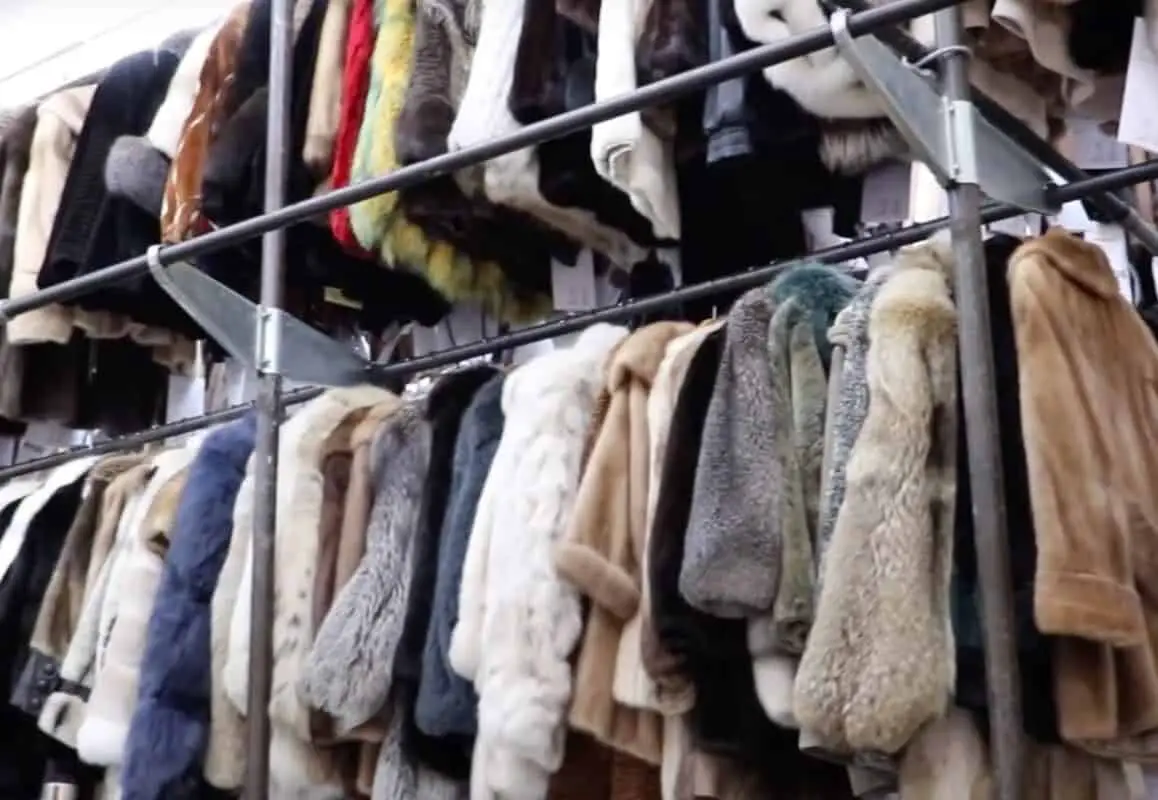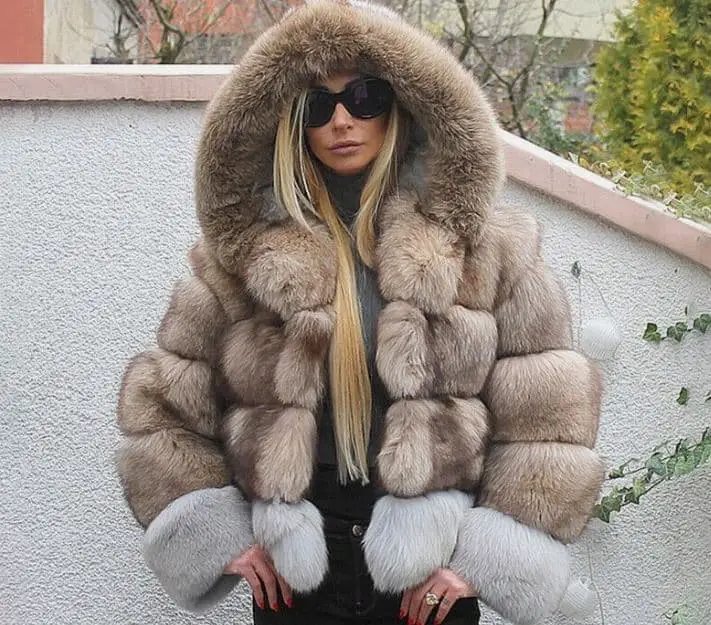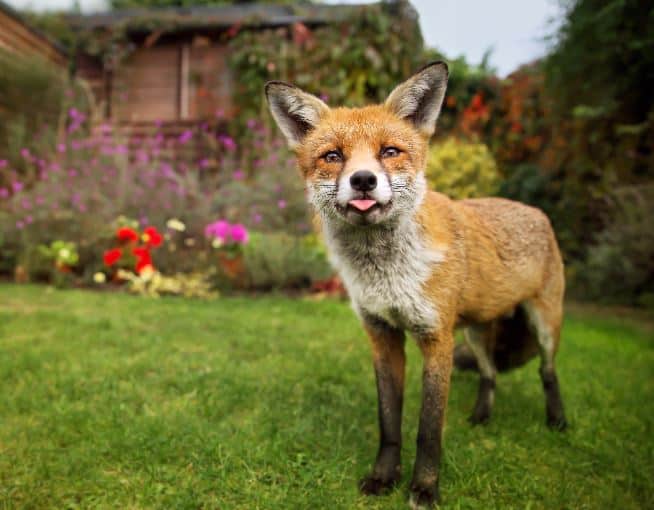This is a question that has been a subject of debate and controversy in recent years.
When it comes to legislation on real fur, there are varying laws and regulations in different countries. Some nations have implemented bans or restrictions on the use of real fur due to animal welfare concerns. However, this is not the case globally, and the legality of real fur can differ depending on the region.
The use of real fur raises ethical concerns as it involves the killing of animals solely for their fur. Animal rights activists argue against the unethical treatment and exploitation of animals for fashion purposes, while proponents of real fur highlight its durability and natural insulation properties.
The environmental impact of real fur production is also a concern. The process involves chemical treatments, water usage, and waste disposal, contributing to pollution and ecosystem degradation. On the other hand, some argue that real fur is a sustainable and renewable resource compared to synthetic alternatives, which are derived from non-renewable fossil fuels.
Briefly
- Legislation on real fur varies: The legality of real fur depends on the country and region. Some places have banned specific types of fur, while others have no restrictions at all.
- Ethical concerns drive fur regulations: The fur industry faces ethical concerns related to animal cruelty, leading to increased regulations and restrictions on the use of real fur in many countries.
- Sustainable alternatives are gaining momentum: Growing awareness about the environmental impact of real fur has led to the rise of sustainable alternatives like faux fur, which offer a cruelty-free and more environmentally-friendly option.
What is Real Fur?
Real fur, also known as animal fur, refers to the fur obtained from animals such as minks, foxes, rabbits, or chinchillas for use in fashion or other purposes. To understand what real fur truly is and how it is obtained, it is essential to delve into its origins.
Real fur is sourced from animals that are either raised on fur farms or trapped in the wild. Unfortunately, these animals are often killed specifically for their fur, which raises significant ethical concerns.
Comprehending the inherent nature of real fur becomes crucial when contemplating its utilization in fashion or other products.
Consumers must remain well-informed about the detrimental impact associated with purchasing real fur and the numerous ethical concerns surrounding its production.
It is of utmost importance to consider sustainable alternatives to real fur and to remain knowledgeable about the global perspectives on the use of real fur.
What Are the Different Types of Real Fur?
There are various types of real fur available in the market, each with its unique characteristics and qualities. Here are some of the different types:

- Mink: Mink fur is soft, lightweight, and highly durable. It is known for its lustrous and silky texture.
- Chinchilla: Chinchilla fur is one of the most luxurious and expensive furs. It is incredibly soft, and dense, and has a distinctive velvet-like feel.
- Sable: Sable fur is known for its exceptional quality and is highly valued for its silky texture and rich, natural color.
- Rabbit: Rabbit fur is widely used for its softness and affordability. It is lightweight and has a plush, fluffy appearance.
- Fox: Fox fur comes in various colors and patterns, making it a popular choice for fashion garments. It is known for its warmth and luxurious look.
Legislation On Real Fur

Legislation on real fur is of utmost importance in the regulation of its use and trade.
Numerous countries have enacted legislation to safeguard animal welfare and prevent unethical practices in relation to real fur.
Take the United Kingdom for instance, where the farming of animals exclusively for their fur has been prohibited.
Similarly, certain cities and states in the United States have introduced their own bans on fur.
While legislation on real fur may differ, its overall objective is to guarantee that fur products are ethically sourced and meet specific standards.
This includes mandates for accurate labeling, transparency across the supply chain, and restrictions on certain fur production methods.
Thanks to the implementation of legislation on real fur, consumers can now make well-informed choices and support brands that uphold their values with regard to animal welfare.
Are There Laws Against Real Fur?

Yes, there are laws against the use of real fur in some countries and regions. The legislation surrounding real fur varies depending on the geographical location. In some places, there are complete bans on the production and sale of real fur, while in others, there are restrictions and regulations in place to ensure ethical practices.
For example, in countries like the United Kingdom and Austria, there are bans on fur farming, which means that no animals can be raised and killed for their fur.
Similarly, several cities and regions within the United States, such as San Francisco and Los Angeles, have banned the sale of real fur products.
These laws serve to address the ethical concerns surrounding the use of real fur, such as the inhumane treatment of animals and the environmental impact of fur production. They also reflect the changing attitudes and shifting public opinion towards animal welfare and sustainable fashion choices.
Fact: In 2021, the UK became the first country in the world to ban the sale of real fur entirely, marking a significant milestone in the global movement against the use of fur.
Federal Statutes and Acts Concerning Real Fur
Federal statutes and acts concerning real fur have a significant impact on regulating its use in the United States.
These legislative measures are crucial in safeguarding animal welfare and ensuring transparency within the fur industry.
The American federal law focuses primarily on labeling requirements and import restrictions for products that contain authentic fur. To achieve this, the Fur Products Labeling Act (FPLA) was established, which mandates the proper labeling of all fur products.

This labeling must include accurate information about the fur type and its origin.
Alongside this, the Dog and Cat Fur Prohibition Act prohibits the import and sale of goods made from dog and cat fur. These essential statutes aim to protect consumers from inadvertently purchasing products derived from animals that are not typically considered fur-bearing creatures. By effectively enforcing these federal regulations, the government hopes to promote ethical practices and enable informed consumer choices throughout the fur industry.
Read Also: Can I Travel With My Fur Coat? Here’s The Answer
What Are the Ethical Concerns Surrounding Real Fur?
Animal cruelty is one of the primary concerns, as the fur industry has faced criticism for its inhumane treatment of animals. This includes raising them in cramped conditions and subjecting them to painful slaughter methods.

Additionally, fur production has a significant environmental impact. It contributes to environmental degradation due to the use of harmful chemicals and the waste generated during processing.
Another ethical factor to consider is sustainability. Real fur is a non-renewable resource, whereas faux fur offers a more environmentally sustainable alternative.
Thanks to technological advancements, high-quality faux fur closely resembles real fur, making it a viable and cruelty-free substitute. It is crucial for individuals and the fashion industry to take responsibility and make conscientious choices in light of these ethical concerns.
To promote ethical fashion, there are several suggestions to follow. One is supporting brands that use faux fur instead of real fur. By doing so, we encourage the industry to move away from inhumane practices. Raising awareness about the issues surrounding real fur is also important in order to educate the public and promote more ethical choices.
Lastly, it is crucial to promote the development and use of sustainable and cruelty-free materials in the fashion industry.
Arguments For and Against Using Real Fur
Using real fur in fashion has long been a contentious issue, with strong arguments on both sides. Here are the main arguments for and against using real fur:
Arguments For Using Real Fur:
- Luxury and aesthetics: Real fur is often considered luxurious and adds a certain elegance and glamour to fashion.
- Warmth and functionality: Fur has excellent insulation properties, keeping the wearer warm in colder climates.
- Durability and longevity: Genuine fur is known for its durability and longevity, making it a practical investment piece.
Arguments Against Using Real Fur:
- Animal welfare: The use of real fur involves the killing or trapping of animals, leading to ethical concerns about animal cruelty.
- Environmental impact: Fur production is associated with environmental degradation and pollution from chemicals used in the process.
- Sustainable alternatives: With technological advancements, there are now numerous high-quality synthetic materials that can mimic the look and feel of real fur without ethical and environmental concerns.
While the decision to use or avoid real fur ultimately comes down to personal values and beliefs, it is crucial to consider the ethical and environmental implications.
The Environmental Impact of Real Fur

The ethicality of real fur should be debated while considering its environmental impact. These are some key points that highlight the impact of real fur on the environment.
- Pollution: When producing real fur, harmful chemicals such as chromium salts are used, which can contaminate air and water sources.
- Deforestation: The fur farming industry often requires extensive land, leading to deforestation and habitat destruction for wildlife.
- Waste Generation: Significant amounts of waste, including animal carcasses, are generated during fur production, which can result in environmental pollution.
- Energy Consumption: Tanning and processing fur necessitate substantial energy resources, contributing to greenhouse gas emissions and climate change.
- Water Usage: The fur industry consumes large quantities of water throughout different stages of production, which can strain regions already experiencing water scarcity.
- Carbon Footprint: The transportation of fur products globally contributes to the industry’s carbon footprint, further contributing to environmental degradation.
How Does Real Fur Production Impact the Environment?
Real fur production has a significant impact on the environment. How Does Real Fur Production Impact the Environment?
The fur industry contributes to deforestation, habitat destruction, and biodiversity loss. The process of raising animals for fur requires large amounts of land and resources, leading to the destruction of natural habitats. The chemicals used in fur processing, such as dyes and tanning agents, can pollute water sources and harm aquatic ecosystems.
The farming methods used in fur production contribute to climate change. Animal agriculture, including fur farming, is a major source of greenhouse gas emissions.
How Does Real Fur Production Impact the Environment? With the production of one kilogram of mink fur resulting in approximately 110 kilograms of CO2 equivalent emissions.
The unsustainable practices of the fur industry have prompted the development of sustainable alternatives. Faux fur, made from synthetic materials, offers a cruelty-free and more environmentally friendly option. Other natural materials, such as organic cotton or wool, can also be utilized as substitutes for fur.
Considering the detrimental environmental effects of real fur production, individuals concerned about protecting the environment may choose to avoid purchasing fur products and opt for sustainable alternatives instead.
Sustainable Alternatives to Real Fur
- Faux fur: A popular and sustainable alternative to real fur, faux fur is made from synthetic materials like polyester or acrylic. It provides a similar look and feel to real fur without causing harm to animals, making it a sustainable choice.
- Plant-based materials: Innovations in textile technology have led to the development of plant-based materials that can replicate the texture of fur. Pineapple leaf fibers, mushroom leather, and soy-based faux fur are examples of these sustainable alternatives.
- Recycled fur: Instead of purchasing new fur, consider opting for vintage or second-hand fur. By reusing fur garments, we can reduce waste and avoid supporting the fur industry while still enjoying the luxurious appearance of fur.
- Fur trim alternatives: If you still desire the look of fur, choosing garments with faux fur trim is a sustainable option. This way, you can achieve a stylish look without using real fur.
Read Also: Why Is Faux Fur Better? [Don’t Read If You Hate Animals]
Public Opinion on Real Fur
Public opinion on real fur plays a significant role in the fur industry, as consumer attitudes and beliefs can greatly impact its demand and popularity.
Understanding the public’s perception of real fur is essential in evaluating its ethical and environmental implications. Here are some key points regarding public opinion on real fur:
- Negative perception: In recent years, there has been a growing backlash against using real fur due to concerns about animal cruelty and welfare.
- Shift towards alternatives: Many individuals have shifted their preferences towards faux fur or other sustainable alternatives to satisfy their fashion needs without supporting the fur industry.
- Celebrity influence: The opinions and stance of influential figures, including celebrities and fashion designers, have played a role in shaping public opinion on real fur.
- Changing demographics: Younger generations, such as millennials and Gen Z, are more likely to reject real fur due to their heightened awareness of animal rights and environmental issues.
- Public awareness campaigns: Campaigns by animal rights organizations have helped raise awareness about the negative aspects of the fur industry, further influencing public opinion.
- Regional variations: Public opinion on real fur varies across different countries and cultures, with some regions being more accepting or supportive of fur than others.
The future of real fur is looking bleak, as fashion trends move towards ethical alternatives and advocacy against fur gains momentum.
Some Important Facts
- ✅ Despite concerns over animal treatment and sustainability, approximately 100 million animals are farmed and killed for fur each year, with millions more captured from the wild. (Source: Our Team)
- ✅ Fur farming is legal in many countries, including most US states, but there have been bans on the sale of new fur products in some areas. (Source: Our Team)
- ✅ California became the first US state to ban sales of newly made fur products in 2019, with other cities and states following suit. (Source: Our Team)
- ✅ The majority of the public supports a nationwide ban on fur farming. (Source: Our Team)
- ✅ The United Kingdom and Austria were the first countries to ban fur farming, with several other nations implementing or planning bans as well. (Source: Our Team)


